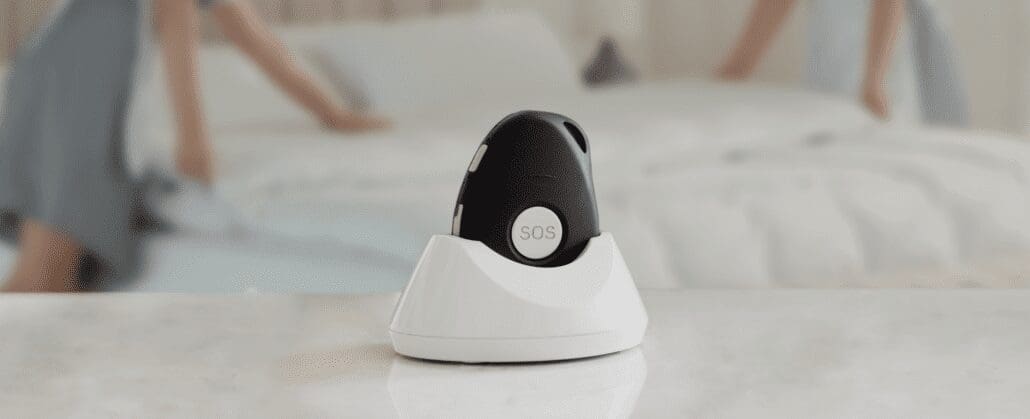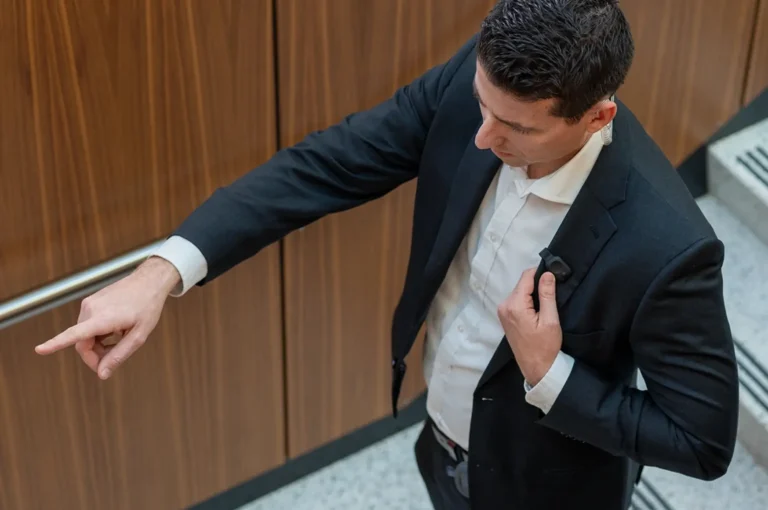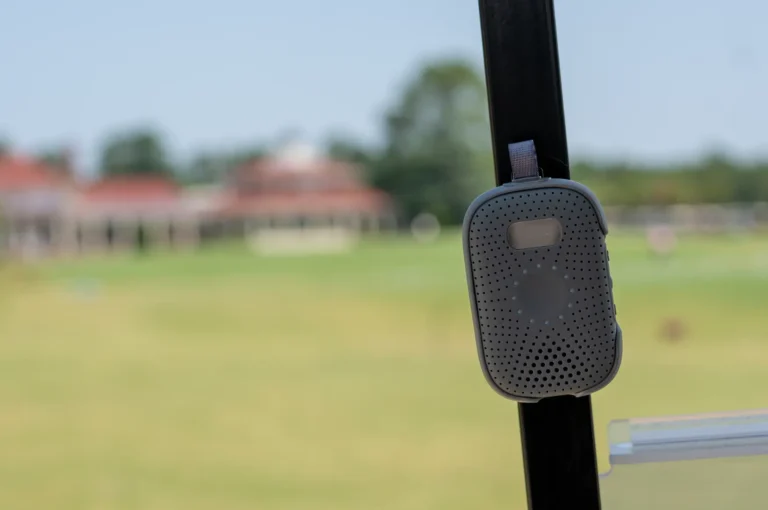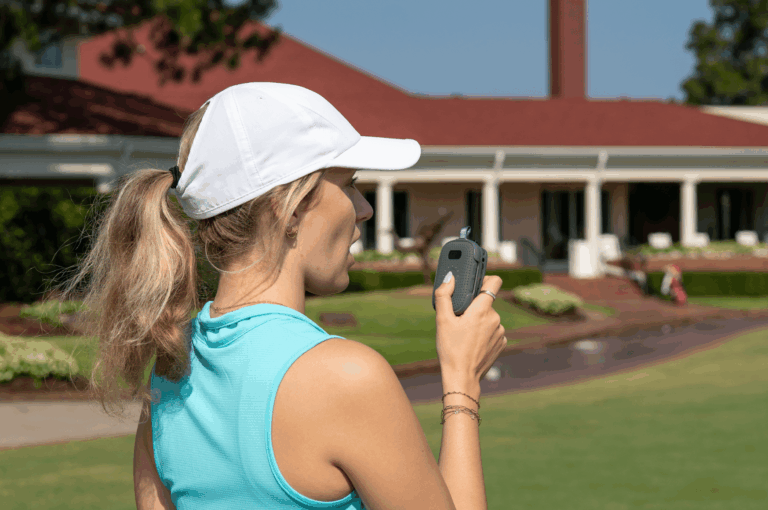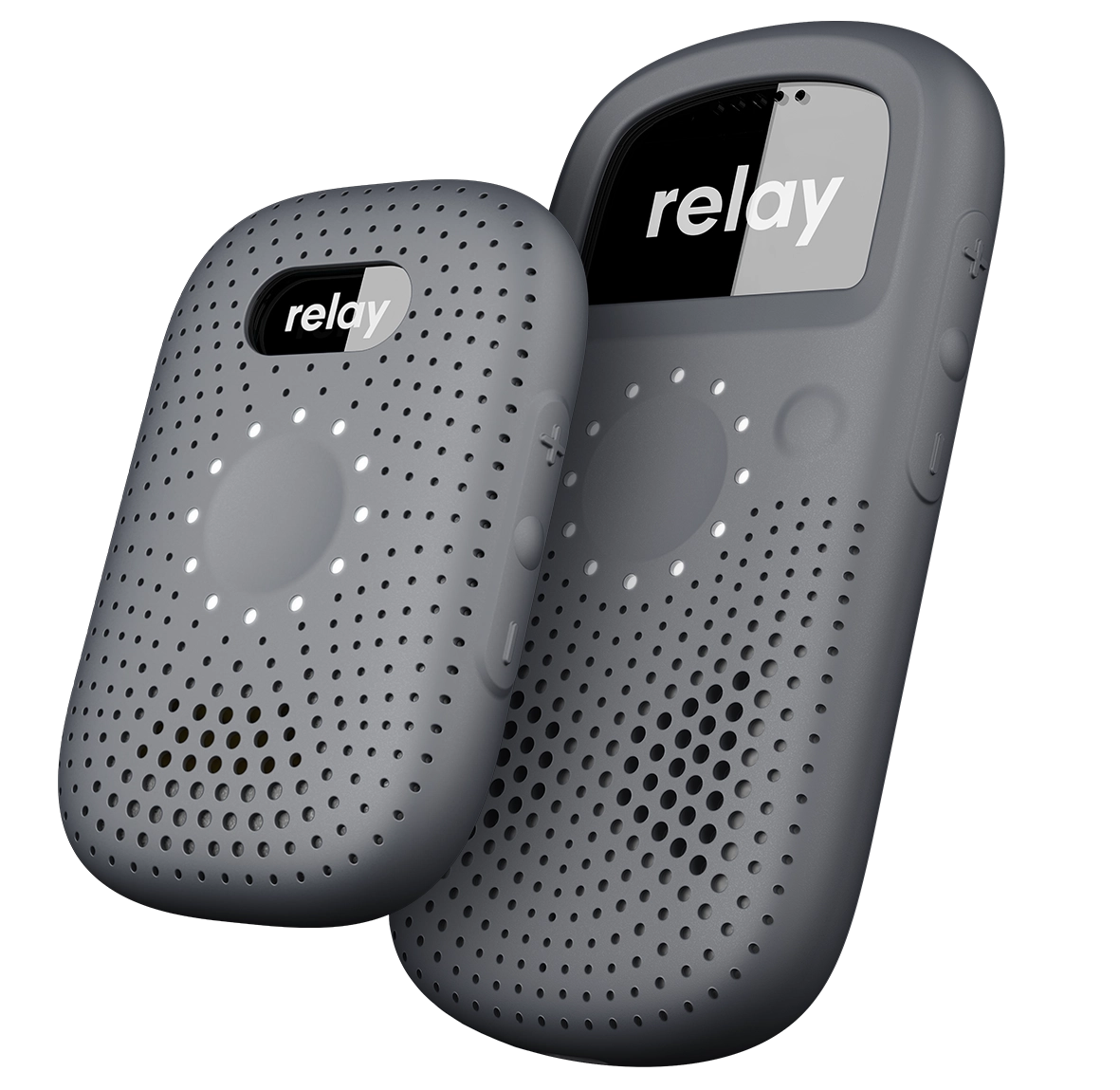In an effort to comply with new panic button requirements many hotels are going straight to the quick and easy option of noisemakers. These are essentially wearable buttons with a singular purpose: to make a loud noise in situations of duress. While this may satisfy requirements in the short term, these hotels are quickly having to spend even more time and money finding replacements as requirements tighten.
If you’re still trying to figure out which associate alert devices to purchase for your staffers, future-proof your system by opting for a tool with location tracking and two-way communication. It’s not just a smarter option, it’s a more efficient and safer one. But don’t just take our word for it, on some level, it’s actually written into the requirements for many states and hotel brands.
Noisemakers are not panic buttons
In the summer of 2019 the city of Miami Beach sent a letter to hotels clarifying their year long — often murky — panic button requirements. While the new laws require panic buttons for hotel housekeeping staff and room attendants, some hoteliers thought any panic button would work just fine. They were mistaken.
Some background on Miami Beach panic button requirement for hotels
In July 2018 Miami Beach passed their version of panic button laws. The ordinance required hotels to provide front-facing staffers with panic buttons to be used in case of an emergency. But the laws were vague at best.
Many hotels including the largest hotel in the city, the Fontainebleau Miami Beach Resort, attempted to honor the letter of the law and outfitted staffers with inexpensive noisemakers. A year later hotel managers were told that using noisemakers instead of panic buttons could result in violations.
As reported by the Miami Herald in 2019, reporters at the news outlet tested the $11 noisemaker the Fontainebleau planned to give to staffers. The Miami Herald found the alarm noise “could be easily muffled, deactivated and confused for static on a television from the hallway.” Disturbingly, the noisemaker only device didn’t have any GPS capabilities, so anyone in distress was for all intents and purposes on their own during an emergency. More disturbing yet is the fact that three years after lawmakers in Miami declared that noisemakers weren’t effective as panic buttons, some hotels are still considering them for their panic button system.
At Relay, we’re proud that our devices connect distanced workers and empower them through the use of a panic button and a completely connected cellular network. Contact us to find out how to empower your staff and clientele through connectivity with a device that alerts anyone to potential danger.
ASIDE FROM THE EXTREMELY LOUD AND UNSAFE DECIBEL LEVELS ON SOME PANIC BUTTONS (THINK THE LOUDEST BLOW DRYER OR QUIETEST AIRPLANE ENGINE), NOISEMAKERS DON’T DO MUCH.
For a safer and more effective experience, choose a GPS enabled panic button system over noisemakers
If you’re still on the fence about the type of system to choose for your resort or hotel, here are a few things to consider based on some of the most recent requirements:
- Noisemakers are not enough. Aside from the extremely loud and unsafe decibel levels on some noisemakers (think the loudest blow dryer or quietest airplane engine), they really don’t do much. The hope is that the sound will scare off an offender. The reality is that it might just disrupt the guest experience and cause general unease.
- Silent alarms are safer for staffers and better for the guest experience. While some offenders are scared off by a loud alarm, others become more agitated or aggressive. Audible alarms can actually escalate threatening situations and cause negative guest experiences. Ultimately, a silent alarm is better.
- Location tracking with room-level accuracy is key. If someone activates a panic button that is GPS enabled, their exact location is immediately known so help can be sent. Many hotel brands are going as far to say that floor-level accuracy is not enough to meet requirements
- Two-way communication is a must. Your staff doesn’t want to carry around a bunch of different pieces of tech that just get in the way of their job. That means, walkie talkies are sometimes left on carts or out of reach. In an emergency situation, it’s critical to not only know where your team is, but what’s going on.
- Noisemakers can be easily deactivated. If someone just has a noisemaker it can be deactivated more easily than an alert sent from a more connected device.
What makes Relay the best option?
Silent alerts: A quick press of the pain button will trigger a silent alarm to your team that will come through on other Relay devices, the dashboard, and/or the Relay app. Alerts remain persistent until someone on your team has resolved the issue.
Location tracking: Relay panic buttons operate using a system of connected wireless beacons which track and report any panic alerts instantly, and follow the device in real time from your dashboard as it moves locations. Once the dust has settled, you can review incident reports to understand how long it took your team to respond
Two-way communication: When an alert is triggered, a direct line of communication is opened. As a bonus, Relay can serve as your team’s normal means of communication, so you can replace your old, outdated walkie talkies as well.
Cost: We get it, budgets are tight, but unlike many other options on the market that offer similar features, Relay does all of this for a fraction of the cost – AND eliminates your need for expensive walkie talkies.
